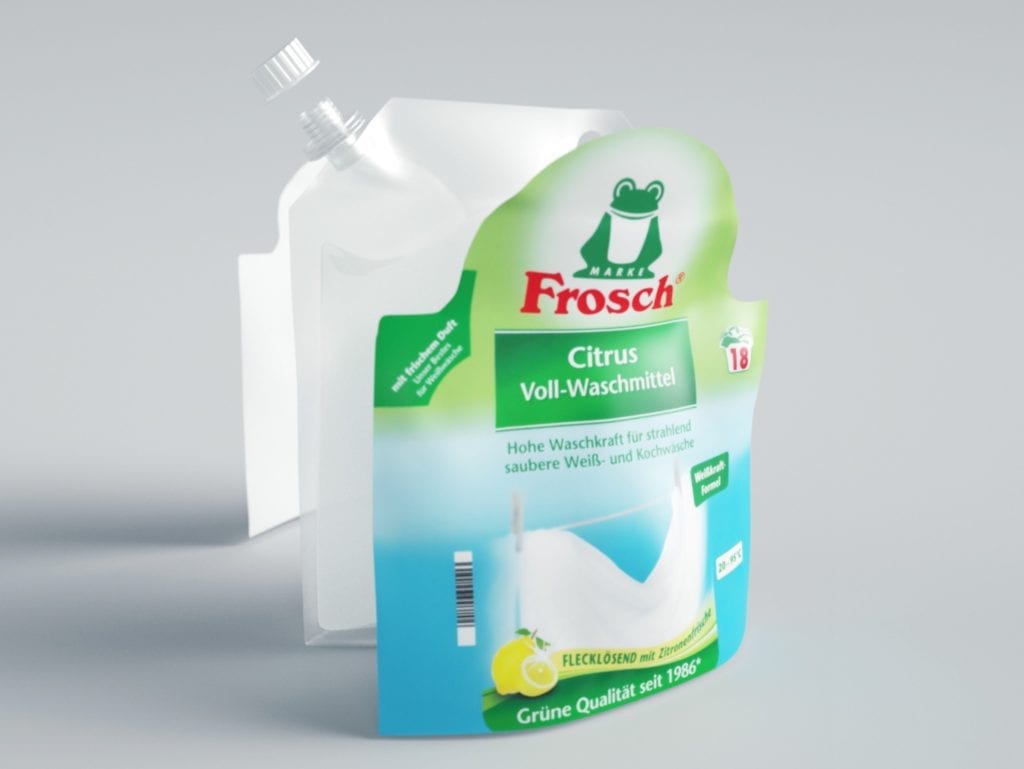
The Mondi pouch with removable panels.
Brand owners and packaging providers have rolled out innovative replacements for difficult-to-recycle multi-layer plastic packaging.

The Mondi pouch with removable panels.
Brand owners and packaging providers have rolled out innovative replacements for difficult-to-recycle multi-layer plastic packaging.
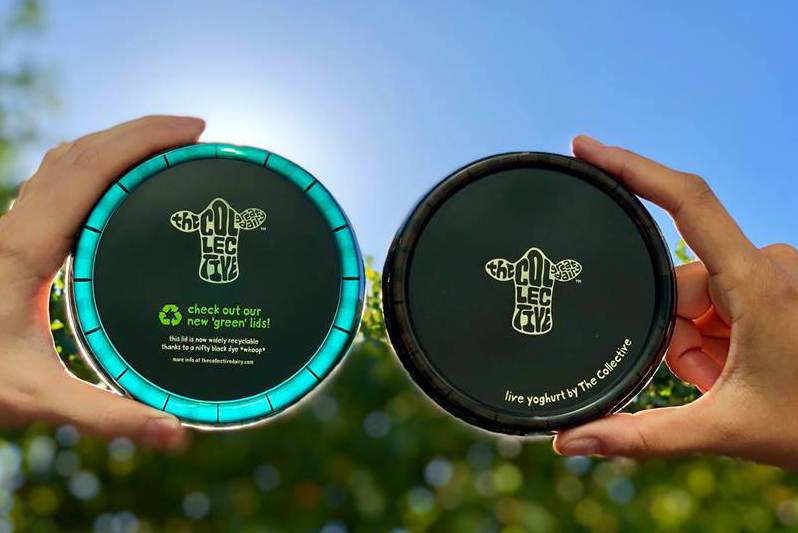 A dairy products company has begun using a black colorant in yogurt tub lids that allows optical sorters to correctly identify the polymer type and color.
A dairy products company has begun using a black colorant in yogurt tub lids that allows optical sorters to correctly identify the polymer type and color.
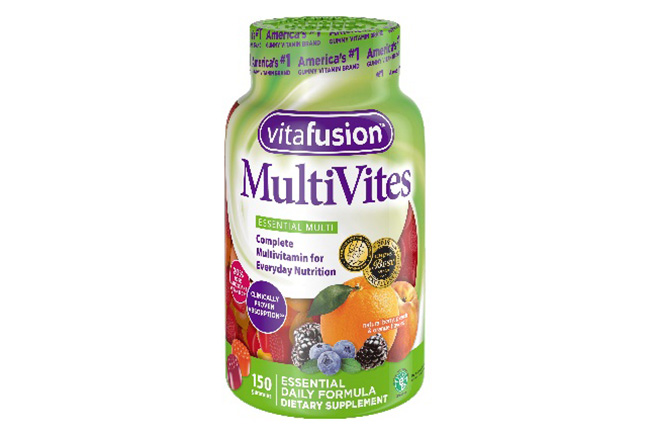 A brand owner has announced it will use a shrink sleeve label that detaches during the bottle wash cycle at plastics recycling facilities.
A brand owner has announced it will use a shrink sleeve label that detaches during the bottle wash cycle at plastics recycling facilities.
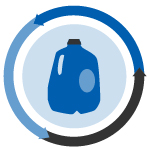 A project seeks to inspire improvements in PA and PU recycling, ocean plastics make their way into surfboards, and a depolymerization startup inks a deal with PepsiCo.
A project seeks to inspire improvements in PA and PU recycling, ocean plastics make their way into surfboards, and a depolymerization startup inks a deal with PepsiCo.
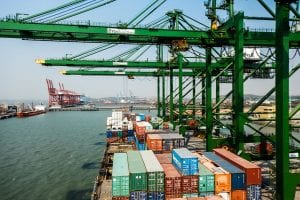 Another major importer of recyclables in Asia is drafting policy to reshape its relationship to materials recovery. But this time, the move could actually be a boon to exporters.
Another major importer of recyclables in Asia is drafting policy to reshape its relationship to materials recovery. But this time, the move could actually be a boon to exporters.
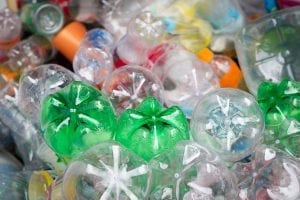 The state of California will provide another loan to help a packaging producer boost its RPET consumption.
The state of California will provide another loan to help a packaging producer boost its RPET consumption.

Malaysian authorities plan to ban scrap plastic imports in three years. In the meantime, they’ll subject incoming shipments to a series of stringent new requirements.
Single-use plastics are everywhere, with most of us regularly relying on the convenience of products such as plastic bags, straws, utensils, takeaway coffee cups, food packaging and water bottles.
 When it comes to chemical recycling techniques for scrap polystyrene, some companies break the plastic down into its component monomers, and others dissolve it without cutting the polymer chains.
When it comes to chemical recycling techniques for scrap polystyrene, some companies break the plastic down into its component monomers, and others dissolve it without cutting the polymer chains.
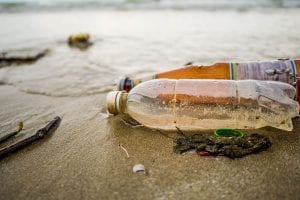 Global brand companies are among those that signed a commitment to publicly report their progress toward ensuring plastic products are recyclable and actually recovered.
Global brand companies are among those that signed a commitment to publicly report their progress toward ensuring plastic products are recyclable and actually recovered.

